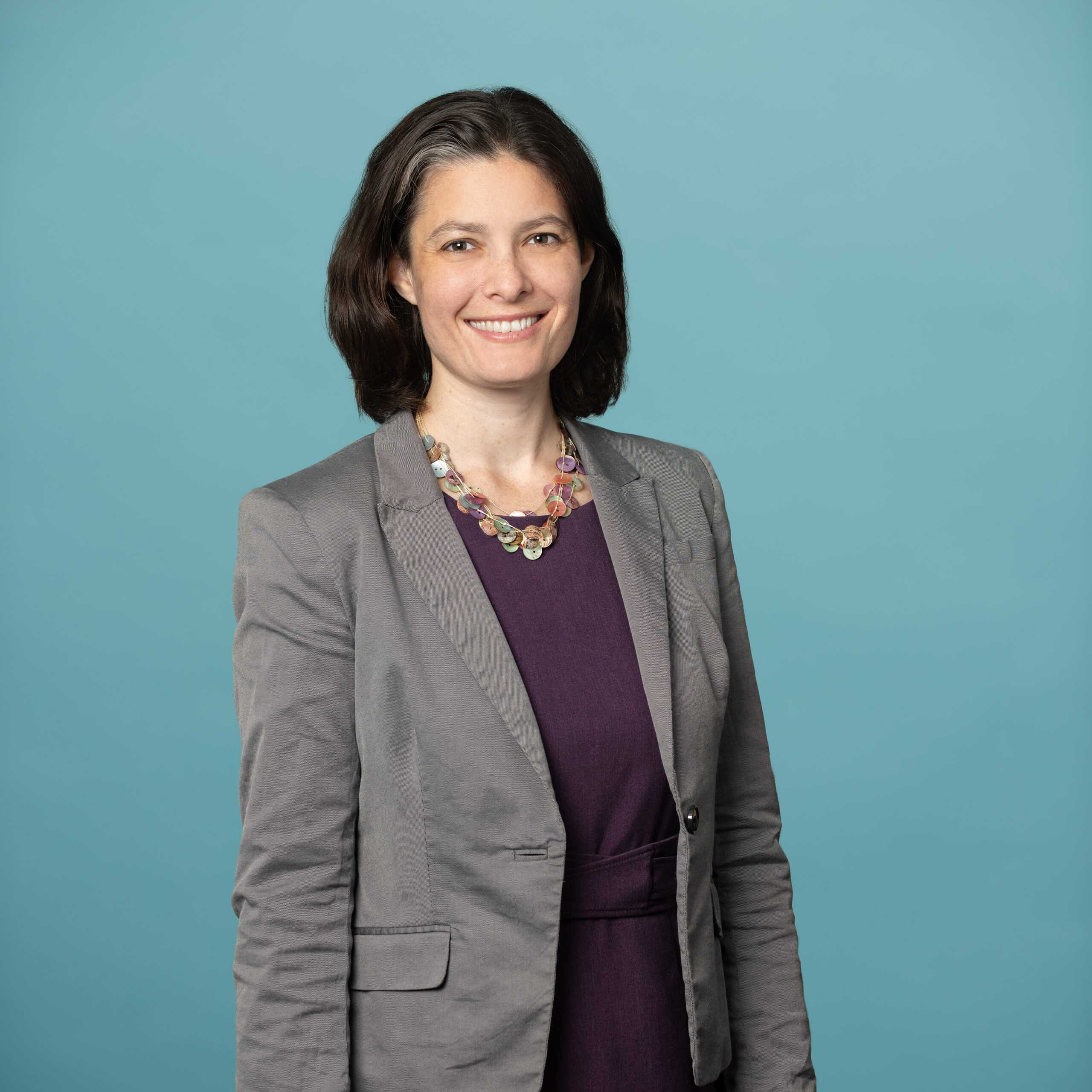Jamie Johnson is a former firefighter who made an unusual switch to becoming Founder and CEO of Verde Energy Efficiency Experts in Chicago. In an interview with IMT, Johnson explains why he changed careers, and why old buildings are key to his business, and to our future.

What does your business do?
Verde is a L3C, which is similar to a B corporation but with an environmental focus. Our biggest customers are fire stations, libraries, and McDonalds. These places are all going to be here in 20 years, and they all have a big impact on communities. We also serve a lot of small businesses, including restaurants and nonprofits that need to keep utility costs down to keep up cash flow.
Why do you work on energy efficiency?
I quit a good job with a pension because we are in a climate crisis and we need homeruns, not base hits. I want to be part of the solution and work with partners who share that vision.

How did you decide to work on building retrofits?
At the fire station, I noticed the lights were on 24 hours/day and I would calculate on the back of the envelope how much we could save by updating them. When I later started my own business in energy efficiency, I interviewed customers and realized lighting was a pain point for many small businesses and community institutions. I really enjoy working with these organizations and I want to help them put more money toward their mission and less toward energy costs.
Additionally, retrofitting existing buildings is the biggest achievable way we can make a difference in the climate crisis. There are lots of new buildings in Chicago, but the majority of our housing stock will always be older buildings. These places are often run by entities doing good work. It’s fun. In this work, I connect with our city’s history and help people do the right thing and benefit from it.
What trends have you seen in the market?
What’s interesting is that while all efficiency projects have to meet a return on investment, there is often another driver to the investment decision, like reduced maintenance or brighter lighting for their staff and customers.
One reason reduced maintenance is so important is that the people who knew how to operate older systems are retiring, and also the software they run on just isn’t supported anymore. This means it is important for managers of existing buildings to make that leap into new, more efficient technologies.
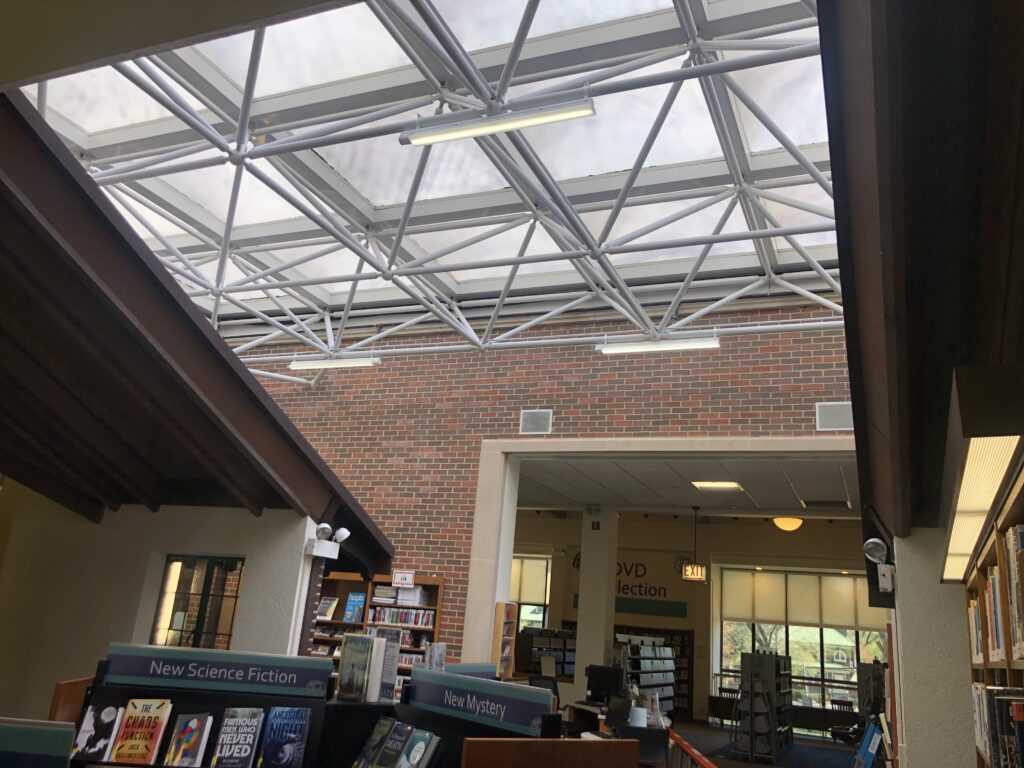
What is your favorite type of building to work on?
I really like old buildings with history. We did a project at a hardware store that used to be a jazz club upstairs during Prohibition. I love the buildings that have kept a lot of their character. I love thinking about the old lumber in our existing buildings, and all the old carbon absorbed and held in our old housing stock.
Fire stations are also close to my heart. Our first fire station upgrade project was in Sugar Grove, Illinois. The stations are really like homes to the firefighters. The teams are on 24 hour shifts, cooking meals together, sleeping overnight on call, and you get to know people. You get to learn who likes to work out in the morning or at night and what everyone’s favorite family meal is. We did retrofits at some of my old stations in Wilmette, IL and it was fun to go back—to see people and to address some of those energy pain points.
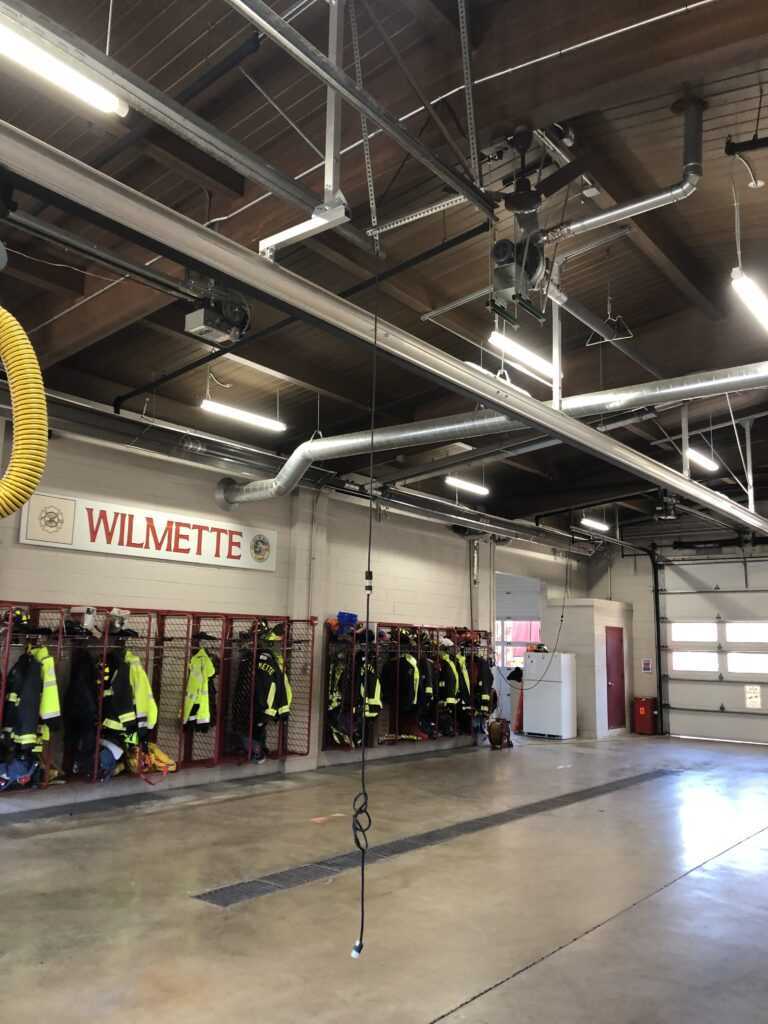
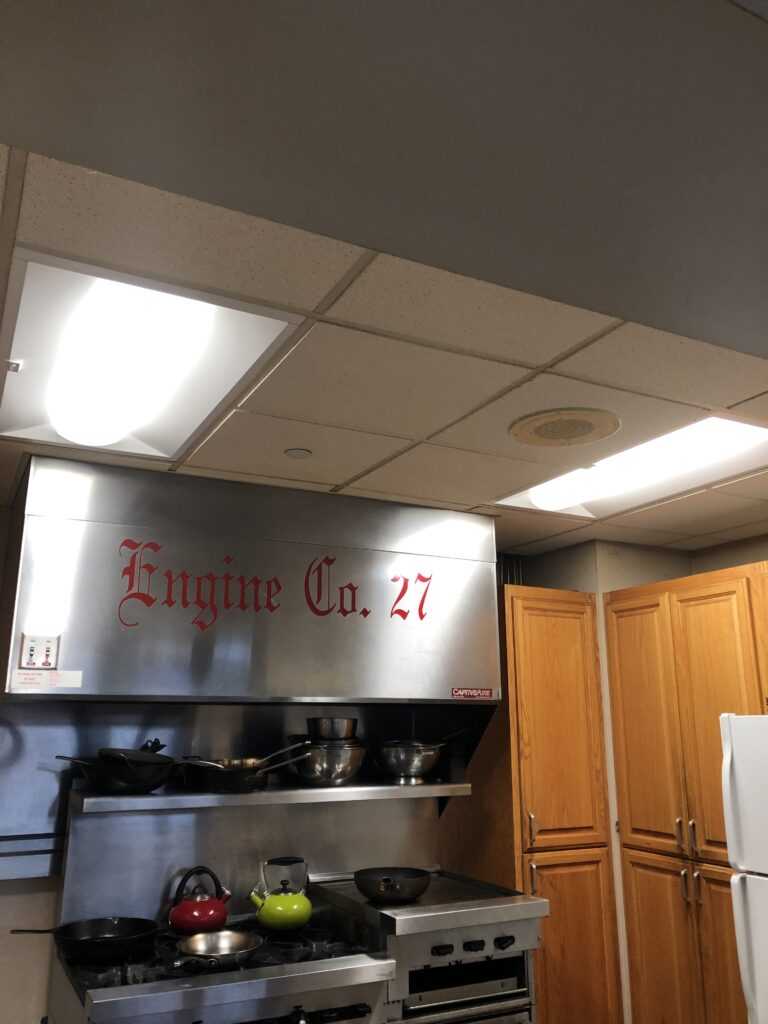
In general, firefighters are more conservative, and I like having the chance to break down misunderstandings about efficiency and new technology, and just generally overcome divisiveness. For example, I hear sometimes that heat pumps can’t work, and I’m excited to show them our project at Oak Park Temple using VHE HVAC technology. You can’t talk about energy efficiency without addressing HVAC. At that project, we are providing granular controls, fresh air that’s been missing for years, solving water leaks and providing an operationally sustainable solution that will last for decades.
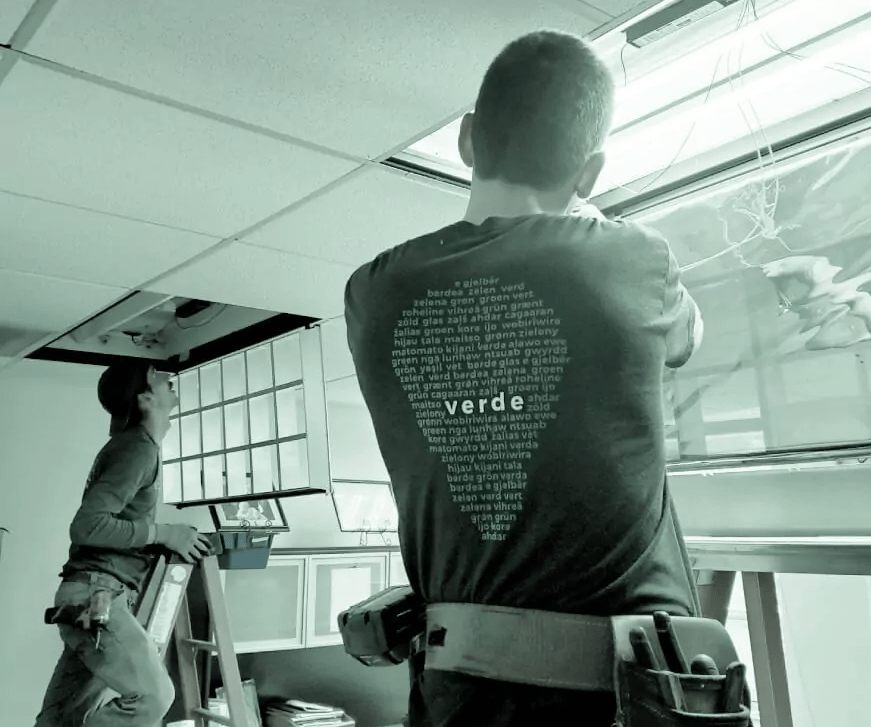
What is your pitch to clients?
There’s a complex way to present the financial returns on a spreadsheet, but at some point it will be necessary to make the investment. The cost of energy is only going to go up, and we are going to regret it if we miss the opportunity to lower energy use. Look at what’s happening in Europe as a result of the war in Ukraine, and the loss of natural gas. Having lower energy usage makes us less dependent on getting the fuels to keep us warm. In environmental terms, the cost of inaction is incalculable, but people don’t do this for environmental reasons. Clients do this work because it gives them long-term energy stability, it benefits their employees and their operations, and it generates greater value for their property.
